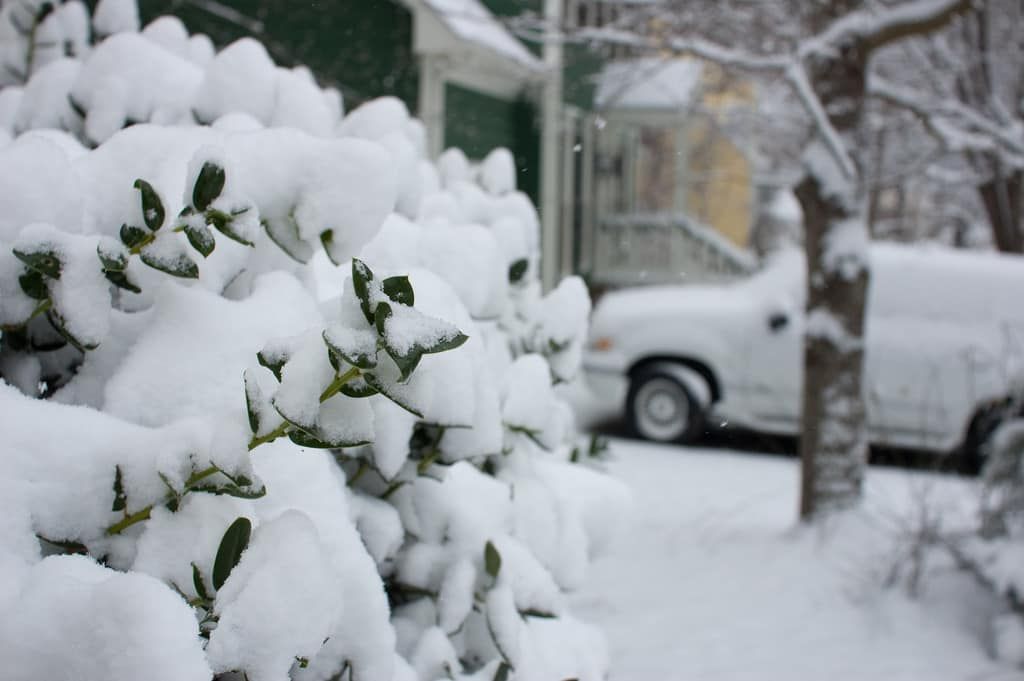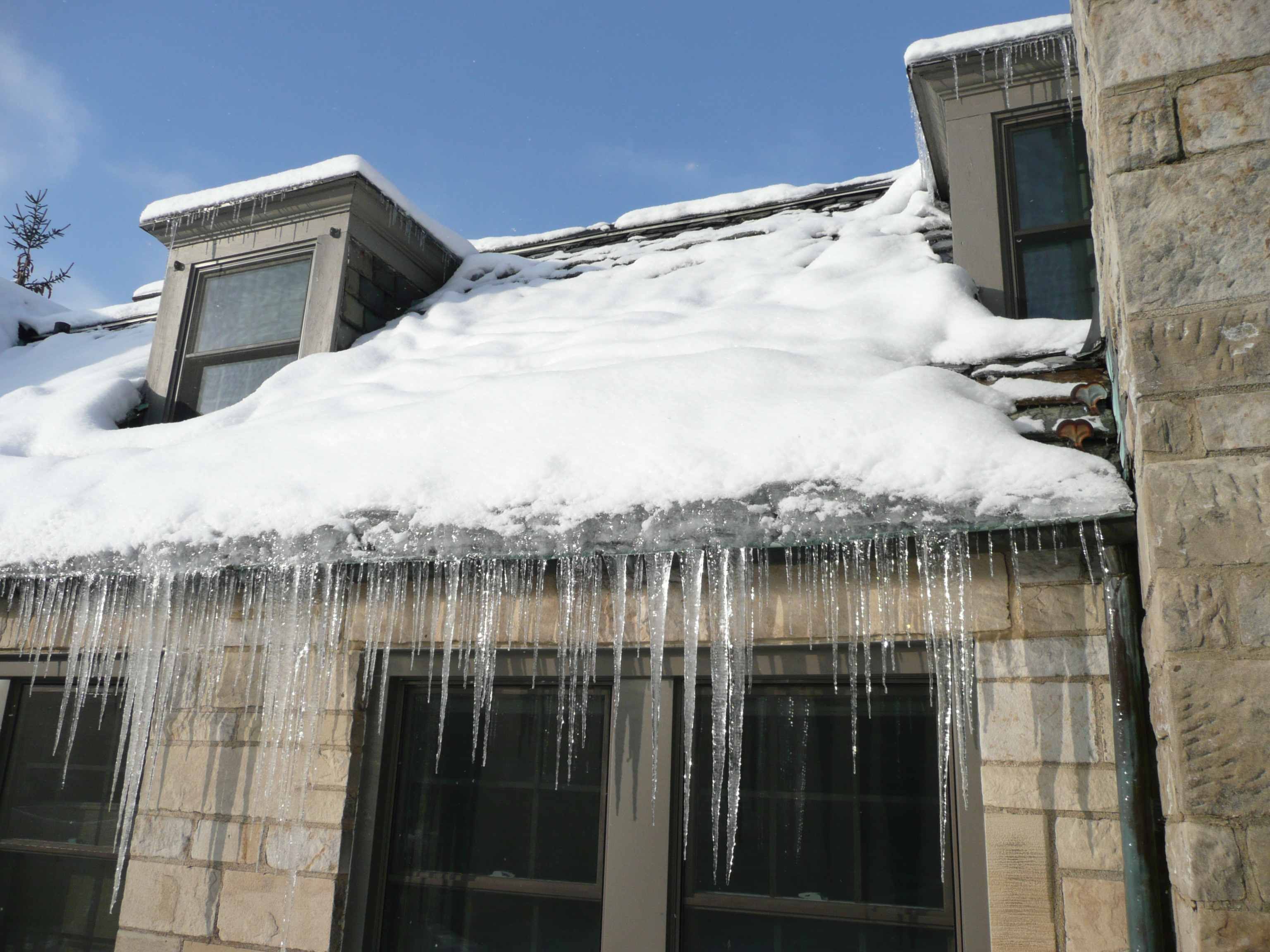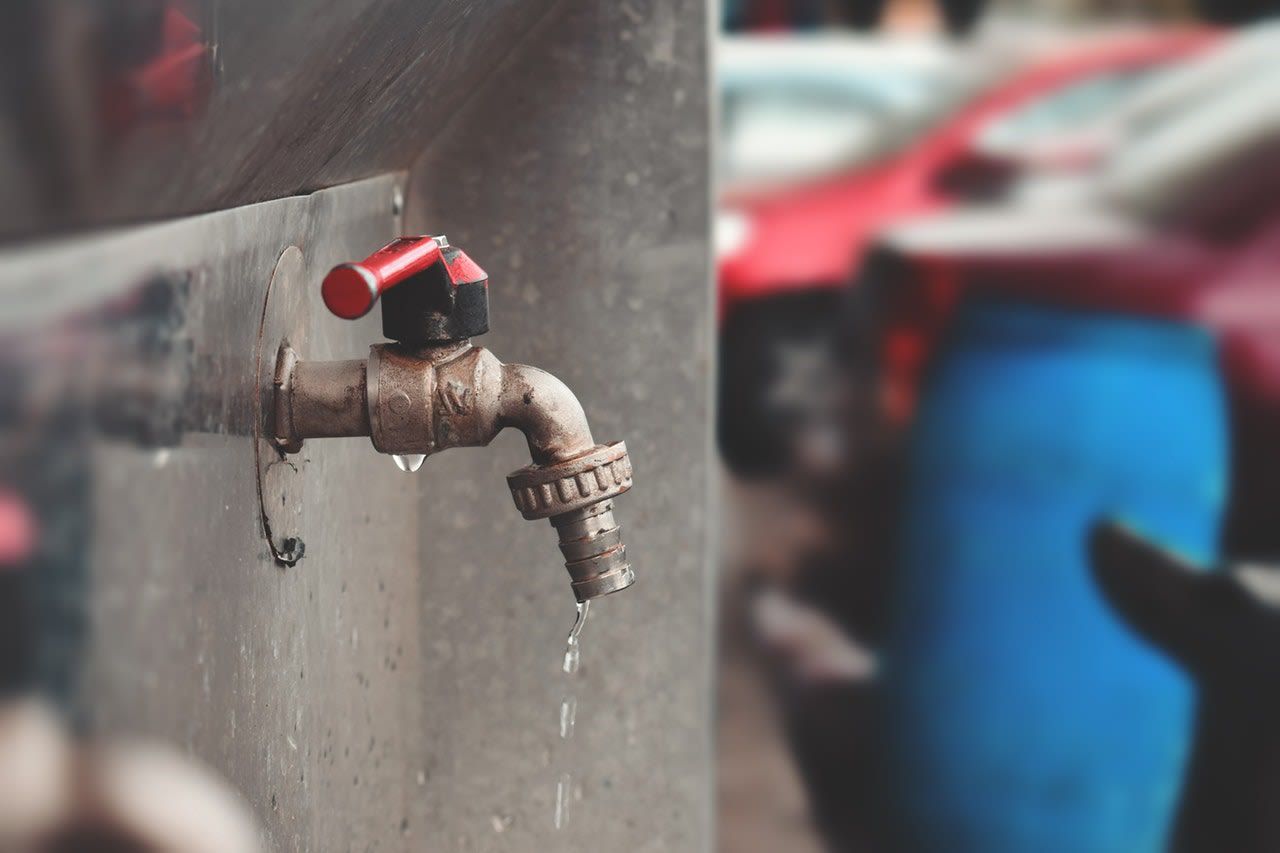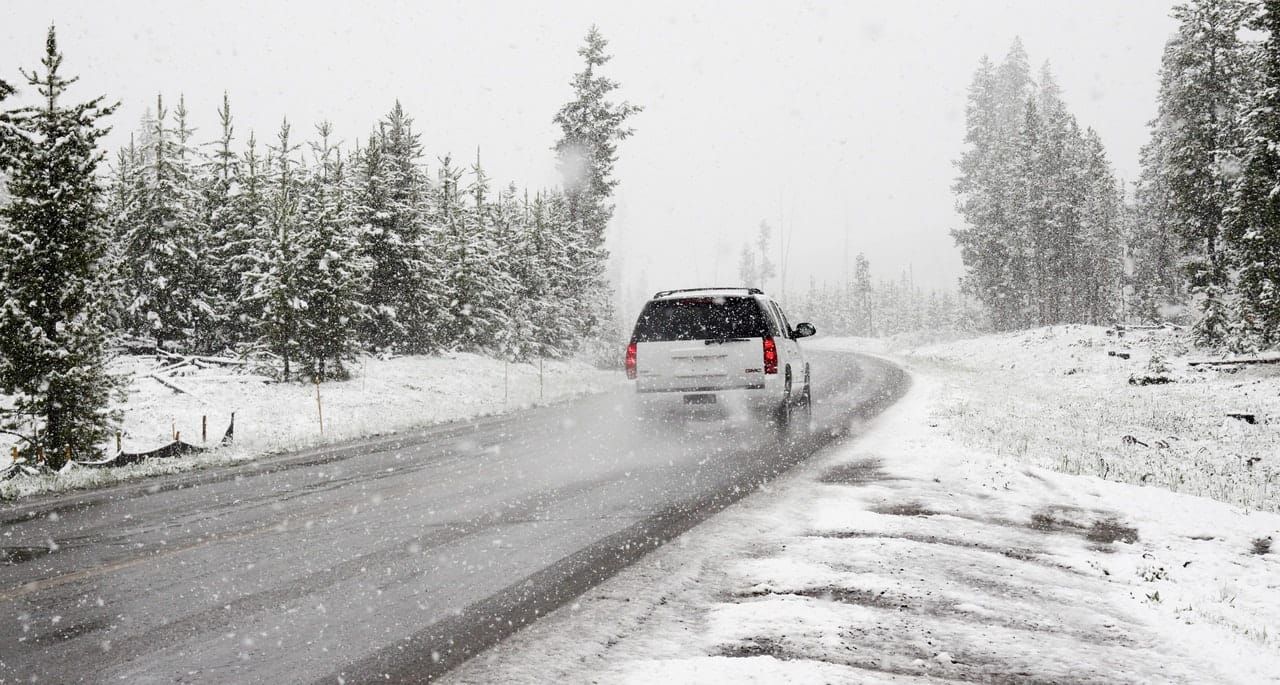How to Stay Safe - And Avoid A Costly Insurance Claim - this Winter
The cost of home and auto insurance is rising these days, just like many other costs of living. Unfortunately, the increase is mostly due to the cost of claim payouts rising as well, and the insurance companies are a large risk pool, so when claims cost rise, so do your rates across the entire industry.
When it comes to auto insurance, the cost to repair newer cars with more features, such as back-up cameras and sensors, has risen sharply within the last five years. This means a minor fender bender isn’t so minor anymore. The overall number of crashes has also risen, as more miles are being travelled by more vehicles - due partially to reasonable gas prices.
Home repairs are also more expensive, as labor and materials - and even instances of more extreme weather - increase. It’s not uncommon for rates to rise when you get your new policy in the mail annually. There are smaller things you can do to improve your overall rates - a new roof, removing an unused pool, or improving your credit score (your home can be rated by your credit, but not your auto, in Massachusetts).
The biggest thing you can do to keep your rates down, however, is to reduce your likelihood of filing an auto or home claim. An at fault auto accident, which means there was no other driver that can be identified that caused the accident, can affect your rates for 6 years in Massachusetts. Home claims can lead to surcharges for several years, and can even lead to your carrier declining to renew your policy if they believe a pattern of claims may continue into the future. Many carriers have a discount you automatically receive for being claims-free - so losing that discount means your price goes up overall.
Of course, insurance is there to protect your assets and loves ones because you can’t predict accidents or incidents that cause a loss- but following these tips will keep your home, and auto, a little safer.
Keeping Ice Dams at Bay
An ice dam is a formation of ice that almost resembles a horizontal speed bump that solidifies at the edge of a roof during certain winter weather - usually in quick freeze/thaw cycles which can be common in New England. For instance, the winter of 2015 was a record year for ice dams, due to the multitude of storms and inability of homeowners to clear roofs before the next storm came - causing a thick layer of ice to form, like on the home below
Ice dams are caused when water from melting snow re-freezes at the edge of your roofline and due to clogged gutters or icicle formation, can’t easily drain off the roof. When the ice and snow closest to the roof melts due to the elevated temperature on the other side of the roof, it cannot move past the ice dam, and follows the path of least resistance - pushing up the asphalt shingles from underneath and seeping into the roof deck and dripping into the eaves below - and into your home.
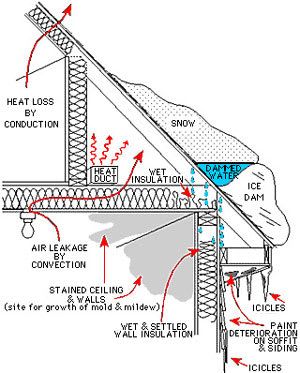
There are several steps to take to avoid getting an ice dam or to reduce the risk of damage after one has started to form, but the only way to truly solve the problem before it starts is good insulation, venting, and sealing in your attic and eaves - consult an insulation specialist.
Don’t attempt to get on the roof in icy conditions - you could be injured, or worse. This is a job for a professional - so hiring one to help remove snow when necessary is a must.
However, for a solution that eases the problem - and can save you from a costly claim - find a calcium chloride based ice melting product. You should not use rock salt or sodium chloride - those can cause damage to your roof. Fill a nylon stocking with the calcium chloride, preferably so it resembles a snake - a few feet in length. If you can safely position it on the roof (again, be VERY careful with icy conditions) vertically - reaching up towards the peak -it will melt a channel down the ice in the roof, so the water will drain down more effectively. Calcium chloride can hurt plants, so if you have any directly under the channel, cover them with a tarp if possible.
Preventing Frozen Pipes
Claims due to water damage, largely caused by freezing pipes, are the second most common, just under wind and hail damage. Water expands as it freezes, meaning it can crack copper piping - and once the ice starts to melt, it can leak and cause a lot of damage to your home’s interior. It’s most likely to happen on the coldest of days, but anytime the temperature dips below freezing for an extended time, freezing and cracking pipes are a risk.
External pipes that are exposed to severe cold, like outdoor faucets and hoses, swimming pool supply lines, and water sprinkler lines are the most likely to freeze, and those should be drained and turned off at the valve for the winter. However, internal pipes that run against exterior walls that aren’t insulated correctly, like under a kitchen sink in an older home, or even supply pipes in unheated areas like garages, attics, and basements or crawl spaces are likely to freeze in very cold weather.
The best course of protection, of course, is to invest in newer insulation in problem areas. As we previously mentioned, MassSave can help by providing up to 70% of the cost of new insulation. For a less expensive fix, consider installing a pipe sleeve, or wrapping the pipes with heat tape. Even a newspaper wrapped around a vulnerable pipe can provide protection to exposed pipes in an emergency cold snap.
During a deep freeze, open kitchen and bathroom cabinet doors to allow warmer air to circulate around the plumbing (of course, if there’s small children in the home, move any chemicals out of the area and to a safe place). Let the cold water drip slowly from the faucet, which helps prevent freezing. Also, keep your thermostat set to a higher nighttime temperature than normal. If you will be going away for more than a day during cold weather, leave the thermostat on at least 55 degrees.
(Photo by Corgi Homeplan)
You may have a frozen pipe if you turn on a faucet and only a trickle of water comes out. If this happens to you, keep the faucet open.
Apply heat to the section of pipe using a heating pad wrapped around the pipe, an electric hair dryer or heat gun, or by wrapping pipes in towels soaked in water. Don’t use a propane heater, blowtorch, or any other open flame. Use an abundance of caution if you choose to use a space heater, as they are very dangerous close to flammable materials.
Apply heat until full water pressure is restored, and check all the pipes in the home to see if any additional freezing has taken place. Call a licensed plumber if you can’t find the frozen area, can’t access it, or if you can not thaw the pipe using the methods above.
Avoiding Car Accidents
When snowy and icy weather comes around, the likelihood of a car accident increases. In order to decrease your risk of being in an accident, here are some tips to stay as safe as possible.
Make sure you have adequate tires and brakes. Snow tires are the best option - in the Northeast, all-seasons just don’t always have what it takes for the worst storms. All wheel drive or 4 wheel drive is a help to get out of a snowy or icy area, but it’s braking - not driving - that’s most important.
Avoid driving during a snowstorm or wintry mix if possible. Accidents increase when the weather is bad, especially if plows haven’t yet treated the area. Even if highways are clear, secondary roads may be bad.
If you must drive, leave ample space between the car in front of you. You’ll need a lot more stopping distance in snowy and icy conditions. Pay attention to the road- not your phone, or the radio.
With these tips, you may be able to avoid filing an insurance claim - and keep your rates as low as you can for years to come!
.png)
.png)
.png)
.png)
